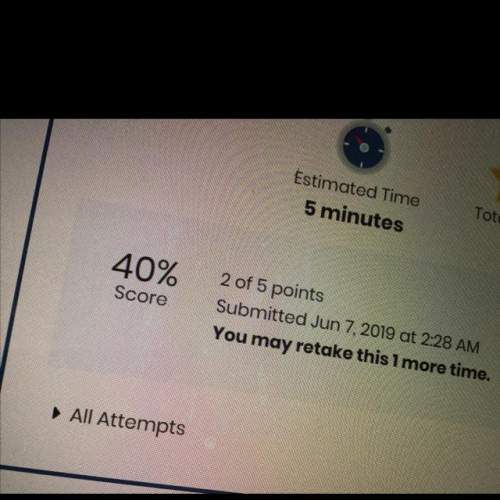Consider the following quadratic equation.
(x+3)^2=43
when taking the square root of bot...

Mathematics, 03.10.2019 05:50 dboby
Consider the following quadratic equation.
(x+3)^2=43
when taking the square root of both sides of this equation, how many solutions will the equation have? how do you know?
a. the quadratic equation has exactly one real solution. this is because 43 has a unique non- negative square root, called the principal square root.
b. the quadratic equation has two real solutions to the quadratic equation. this is because 43 has two square roots: √43, which is positive, and -√43
c. the quadratic equation does not have any real solutions. this is because √43 is a complex number.
d. the quadratic equation does not have any real solutions. this is because √43 is not a perfect square.

Answers: 2


Other questions on the subject: Mathematics



Mathematics, 21.06.2019 21:30, barb4you67
Hey hotel charges guests $19.75 a day to rent five video games at this rate which expression can be used to determine the charge for renting nine video games for one day at this hotel? pls
Answers: 1
You know the right answer?
Questions in other subjects:



Mathematics, 04.12.2020 23:30



Mathematics, 04.12.2020 23:30

English, 04.12.2020 23:30

Arts, 04.12.2020 23:30









